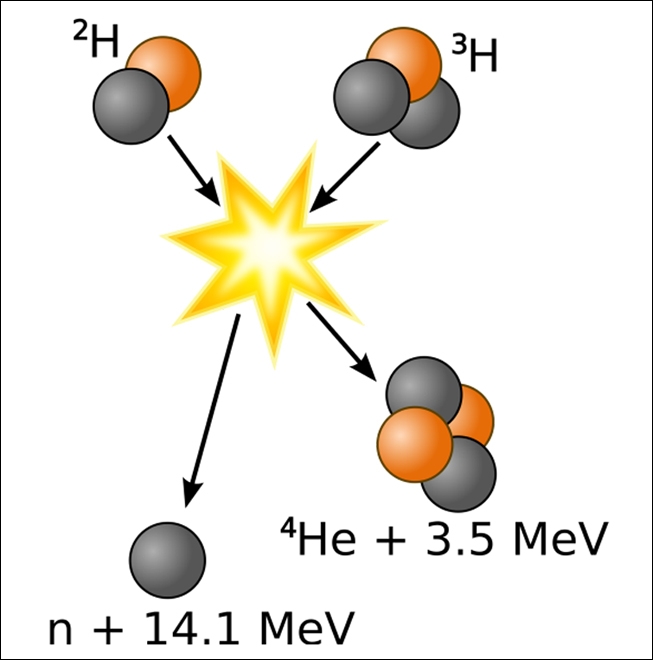International experts came together from 11 to 16 September 2016 to participate in the International Conference on Nuclear Data for Science and Technology, held in Bruges, Belgium.
The conference was organised by the Joint Research Centre of the European Commission in cooperation with the Nuclear Energy Agency (NEA) and the International Atomic Energy Agency (IAEA). It is part of a series of conferences which started 1978 in Harwell, UK and are organised every three years under the patronage of the Nuclear Energy Agency of the Organisation for Economic Cooperation and Development (OECD-NEA).
Nuclear data is used to characterize nuclear physics processes in a wide range of applications such as fundamental nuclear physics, fusion research and development, astrophysics, nuclear energy, nuclear medicine, nuclear non-proliferation, safeguards and arms control. The International Conference on Nuclear Data aims to present and discuss all aspects related with the production and use of nuclear data in those fields.
Aldo Malavasi, IAEA Deputy Director General of the Department of Nuclear Sciences and Applications delivered a keynote speech at the conference. Looking towards future challenges, he said: “Modern communication tools to transfer nuclear data knowledge are here to stay. A large proportion of the web traffic of the IAEA goes through the Nuclear Data Section whose iPhone and Android Apps and databases are reaching an ever increasing number of users throughout the world.” He further stated: “As computing power increases, nuclear data will become even more important – for medical isotopes, fusion and fission inter alia. The IAEA is leading an effort to decrease uncertainties in nuclear data for safer nuclear technology production.”
The Nuclear Data Section (NDS) of the IAEA has two major fields of work: data production and data dissemination. It develops nuclear data standards as a basis of measurement methods and equipment. The data is disseminated through the NDS website which provides open access to nuclear data of all kinds. The website is used as a key reference by experts, scientists and students in the field.
Of particular success in sharing valuable nuclear data worldwide was the launch of the Isotope Browser App for Android and iOS in 2013. The interactive app for tablet or smartphones provides nuclide properties for 4,000 nuclides and isomers and has been downloaded about 40,000 times.
EXFOR, a master open access data library on experimental nuclear reactions is also hosted by the NDS webpage. It compiles about 22,000 experiments by Nuclear Reaction Data Centres. Its development was recently discussed by international experts at the 31st Meeting of the International Nuclear Data Committee (INDC) at the IAEA headquarters in Vienna. Also discussed were the Collaborative International Evaluated Library Organization (CIELO) initiative, a worldwide concerted effort to bring data on nuclear reactions to the next level of quality.
One recent achievement of the Nuclear Data Section has been the production of two nuclear data libraries for U-235 and U-238 (Uranium), two of the 3 most important isotopes for nuclear energy production (the third one being Pu-239 (Plutonium), which support the safety of nuclear reactors. These nuclear data libraries are basically two huge sets of numbers which describe a nuclear reaction. When these nuclear data libraries are used in software that drive or develop nuclear power reactors, it is expected that the simulations of nuclear energy production and all other aspects of the fuel cycle can be better analyzed, and therefore produce answers which lead to safer and more economical power production.
Arjan Koning, Head of the IAEA Nuclear Data Section, stated: “We have come to a point, where several fields of nuclear science development, which used to be isolated from each other, are blending together. This has been enabled thanks to the huge increase of computer power. It is now possible to perform the evaluation of nuclear data and its validation by experiments directly relevant for technology, e.g. power reactors, in one and the same process. All that is needed is the brains to drive it.” He further emphasized that, “the Nuclear Data Section has the knowledge on how to empower and enable many nuclear scientists to realize these developments.”
As computing power increases, nuclear data will become even more important – for medical isotopes, fusion and fission inter alia.








